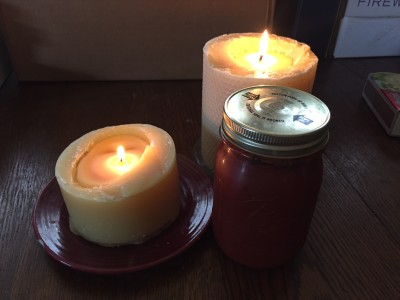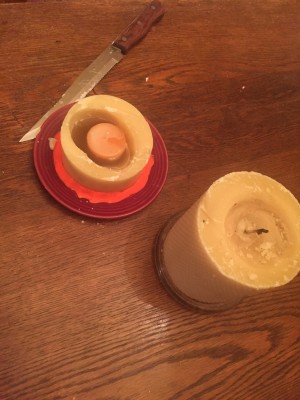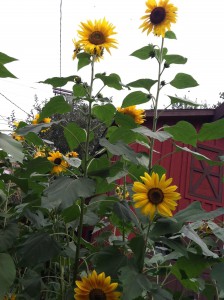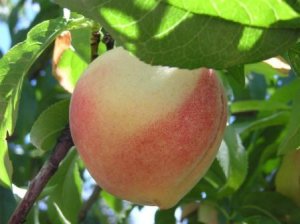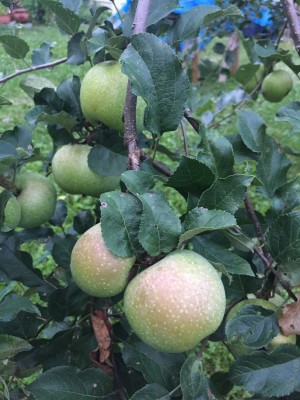We love burning candles, especially during the cold dark of the year, and Jim’s discovered a trick for extending the life of pillar candles once they get hallowed out from use.
Jim’s innovation came into action on Saturday when trying to light a favorite beeswax candle of ours. The wick had burned about halfway down into the candle, so the candle was not casting much light and lighting it was also challenging.
Here’s what Jim did:
First he cut the candle in half. The bottom half would now be an easily lit and enjoyed pillar.
Next he took a voltive candle and used that as a guide for the height of the remaining piece. He cut the candle base to the appropriate height with a large serrated knife. From previous candle extending experiments, he’s found that placing the wax shell on a small plate and covering the edge with putty (the orange rim in the photo) creates a tight seal. He then settled and centered the voltive into the open middle of the candle and poured in the remainder of the wax which had been melted in the microwave. Instant candle! — Although we exercised restraint and allowed the candle to solidify fully before lighting it the next day.
Here’s what Janice did:
Meanwhile, I made homemade ketchup somewhat accidentally. Earlier in the day, I cleaned out the refrigerator and freezer in celebration of the next year. I pulled out a couple of bags of frozen tomatoes and set them on the stove to cook down with a plan of making tomato soup. I let them simmer longer than needed, and so my finished product option appeared to be more tomato paste than tomato soup. I put the tomatoes through the food mill to make them smooth, and my new idea was ketchup!
Using my Ball Blue Book recipe as a guide, I mixed up a quick ketchup with a bit more pizazz than Heinz’s. I skipped the whole spice bag approach and used powdered ingredients for a smooth texture. I gently simmered the tomatoes while I added the additional ingredients. I ended up with a pint jar of ketchup in total, to which I had added 1 teaspoon dry mustard, 1/4 teaspoon cinnamon, 2 tablespoons brown sugar, 1 teaspoon salt, 1 teaspoon onion powder, 1 tablespoon paprika, 1 teaspoon cayenne, 1/4 cup of cider vinegar. The resulting ketchup has a delightful flavor, taste and thickness and worked well with this morning’s scrambled eggs.
Candles and ketchup made for a good weekend!
